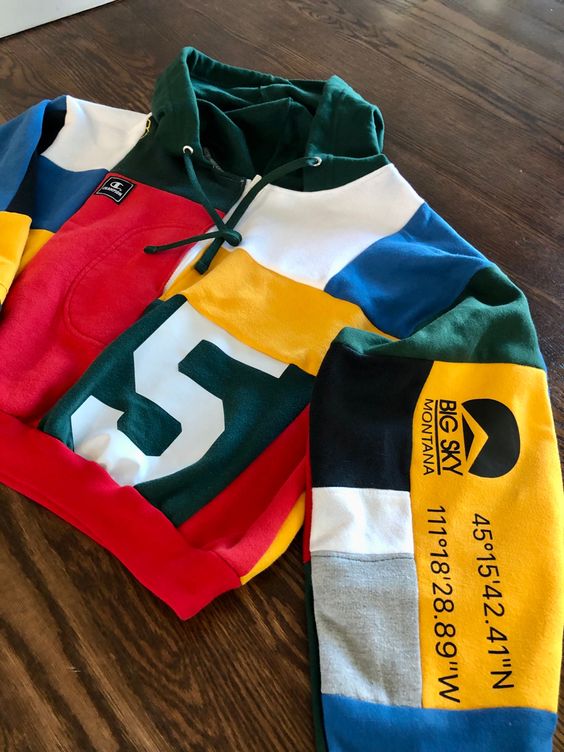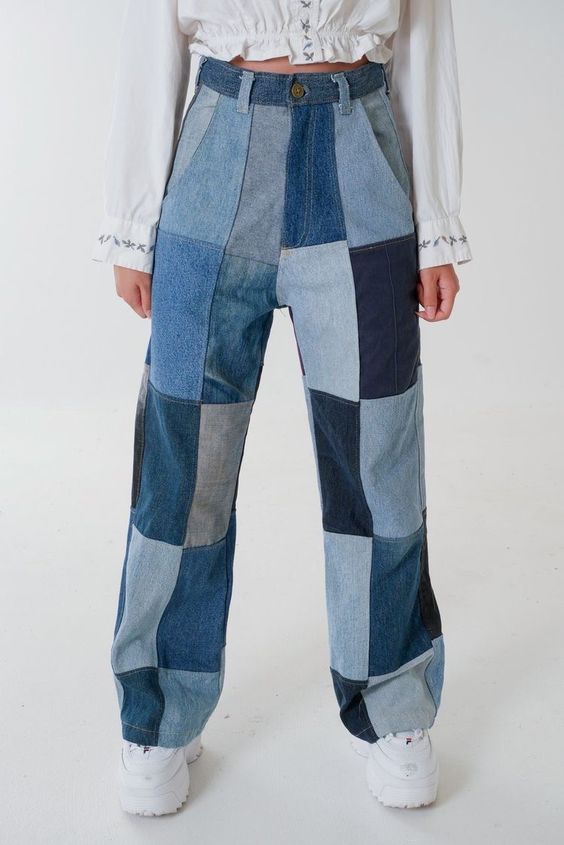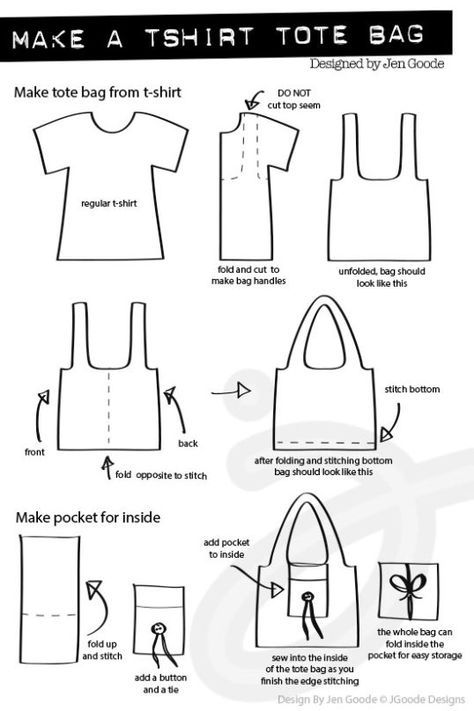Cet article vous aide à préserver vos pièces uniques en vous proposant des solutions pour restaurer les vêtements abîmés, en adoptant des pratiques respectueuses de l'environnement et en réduisant vos dépenses.
Points clés
Conseils de lavage
- Entretien adéquat
- Détergent adéquat
- Repassage
Réparer des vêtements personnalisés
Prolonger la durée de vie des vêtements
- Upcycling
- Don ou revente
Écologie et durabilité
#1 Conseils de lavage
Entretien adéquat
Cette étape est cruciale pour préserver les motifs, les couleurs et les formes des vêtements personnalisés. Suivez scrupuleusement les instructions de lavage pour chaque type de tissu et chaque méthode de personnalisation.
Chez Inkoo, nous recommandons de laver les pulls personnalisés à 30°C une fois par semaine, en retournant le vêtement pour protéger le motif. Un nombre réduit de lavages permet de préserver les couleurs et la texture du tissu, ce qui prolonge la durée de vie du vêtement tout en économisant de l'eau et de l'énergie. Ceci est particulièrement important pour les T-shirts floqués, car un lavage excessif peut endommager l'impression.
Pour éviter d'abîmer le flocage, séchez à l'air libre à plat ou sur un cintre pour éviter qu'il ne se déforme. Si vous utilisez un sèche-linge, optez pour une température basse. Une chaleur excessive peut endommager l'impression et réduire la durée de vie du sweat à capuche, avec pour conséquence un flocage qui s'effrite au fil du temps.
Détergent adéquat
La lessive maison avec le savon de Marseille est l'une des recettes les plus simples et les plus économiques pour le lavage de la sérigraphie. L'utilisation de ce détergent doux permet de préserver l'éclat des motifs imprimés et floqués tout en évitant leur décoloration prématurée.
Voici les ingrédients et les étapes à suivre :
Cette solution assure un nettoyage en douceur, idéal pour le flocage des t-shirts et le maintien d'impressions textiles de haute qualité.
Repassage
Certaines techniques sont sensibles à la chaleur, d'où l'importance de savoir lesquelles peuvent être repassées sans risque. Par exemple, il est fortement déconseillé de repasser la sérigraphie, bien que cela ne soit généralement pas trop dommageable.
En revanche, l'impression flex ne doit absolument pas être repassée, alors que la broderie ne pose aucun problème.
Un autre petit conseil pour préserver la qualité de vos vêtements est de les ranger correctement. Pliez-les soigneusement, utilisez des cintres adaptés et des housses respirantes.
Réparer des vêtements personnalisés
Savoir réparer un trou sans modifier le motif est un moyen efficace de prolonger la durée de vie de vos vêtements préférés.
Des techniques simples comme le reprisage ou l'application de pièces discrètes peuvent redonner au vêtement son apparence tout en évitant des réparations coûteuses ou des remplacements prématurés.
#3 Prolonger la durée de vie des vêtements
Outre les méthodes d'entretien, vous pouvez également envisager des solutions durables pour prolonger la durée de vie des vêtements personnalisés.
Upcycling
C'est l'occasion de transformer créativement des vêtements inutilisés en nouveaux articles tendance ou en accessoires uniques. Voici quelques idées pour recycler un pull, un jean ou un T-shirt :
Don ou revente
Penser à donner ou à revendre des vêtements en bon état plutôt que de les jeter présente des avantages.
Cela permet de réduire les déchets textiles et de prolonger le cycle de vie des vêtements. Des plateformes en ligne comme Vinted ou des initiatives locales comme les centres de don permettent de donner une seconde vie à ces vêtements.
#4 Écologie et durabilité
Il est essentiel de comprendre l'importance de la durabilité pour les vêtements personnalisés afin de sensibiliser à la surconsommation dans l'industrie de la mode.
En prenant soin de ces pièces uniques, nous réduisons le besoin d'achats impulsifs, privilégiant ainsi la qualité à la quantité tout en conservant notre style.
Par exemple, chez Inkoo, nous collaborons avec des marques telles que Stanley/Stella, qui donnent la priorité à la durabilité dans leurs vêtements. Leurs vêtements sont fabriqués à partir de matériaux recyclés tels que le coton, le nylon ou le polyester, ce qui favorise les pratiques respectueuses de l'environnement.
Nos encres soigneusement sélectionnées, en partenariat avec Magna Colours et leur label GOTS, garantissent une origine biologique fiable et un traitement écologiquement et socialement responsable. Conçus pour minimiser leur impact, ils favorisent une approche écologique de la personnalisation des vêtements.
Ces alternatives élargissent les choix tout en soutenant des pratiques plus respectueuses de l'environnement au sein de l'industrie de la mode.
Conclusion
En résumé, l'entretien adéquat des vêtements personnalisés va au-delà du simple nettoyage. Il s'agit d'un engagement en faveur de la durabilité, de la créativité et de la réduction des déchets.
En adoptant des pratiques d'entretien attentives, en explorant les méthodes de réparation et de recyclage, et en soutenant le don ou la revente, nous pouvons contribuer à prolonger la durée de vie de nos vêtements personnalisés tout en réduisant notre impact sur l'environnement.
C'est grâce à ces petites actions que nous pouvons apporter des changements significatifs à l'industrie de la mode, en la rendant plus durable et plus consciente de son empreinte écologique.








Comment entretenir et prolonger la durée de vie de vos vêtements personnalisés ?